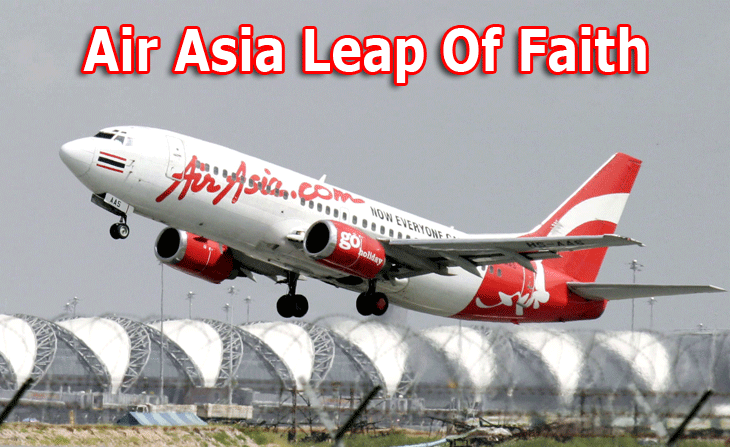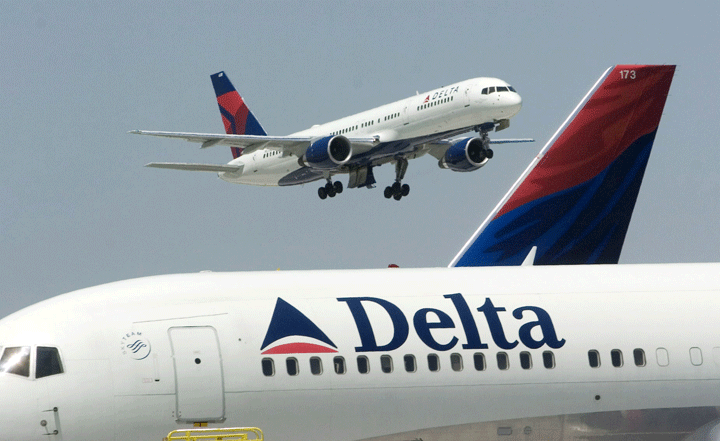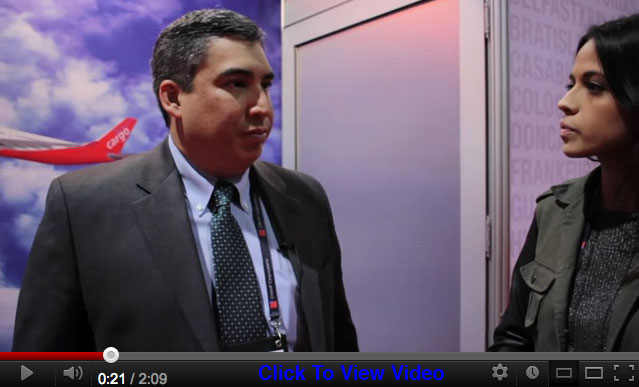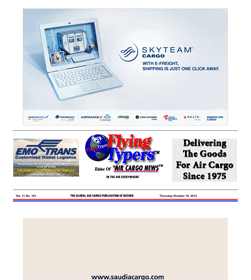
 Ask
fast-rising AirAsia’s Head of
Cargo, Sathis Manoharen, how his carrier
is bucking (and winging) the global
downturn and the answer is direct: Ask
fast-rising AirAsia’s Head of
Cargo, Sathis Manoharen, how his carrier
is bucking (and winging) the global
downturn and the answer is direct:
“Sure,
we have been impacted by the global
air cargo downturn, but we are still
seeing growth in volumes shipped as
belly hold cargo across our low-cost
network.
“So
we will continue to expand by offering
lower rates than ‘legacy airline’
competitors.
“The
quantum of impact on us is not as
severe as on other airlines that are
showing diminishing numbers, with
some in the red,” he said.
“We
have seen double digit growth percentage-wise—not
as high as last year’s growth,
but we are still showing growth.
“For
2013 we expect a moderation in our
growth revenue-wise, but we do see
a better margins return, simply because
we have been working on various cost
reduction initiatives.”
Malaysia-based
AirAsia views cargo as a key contributor
to overall revenue as the airline
continues to expand its network, which
currently already covers large swathes
of Asia.
“Cargo
is a significant cash and cash flow
contributor,” explained Manoharen.
“Depending on fuel prices, cargo
revenue offsets anywhere between $12-15
per barrel of oil.
“Cargo
already contributes above 5 percent
to our total revenue. We see that
growing a few more basis points in
the next few years. Legacy carriers
have typically 10 percent as their
cargo revenue ratio to overall revenue
base. We are confident of narrowing
that gap with our network growth and
positioning ourselves as an alternative
cargo service provider in the market.”
AirAsia’s
faith in its business model is evident
in its ongoing expansion. As well
as recently forming a string of partnerships
with other airlines based on strategic
needs and adding Philippines AirAsia
to the group, AirAsia Japan has just
been launched with high expectations.
“We
believe Japan’s domestic market
will be a huge market for us in terms
of domestic and transhipments movements,”
said Manoharen.
AirAsia’s
growth aims will be aided by offering
shippers and forwarders significant
price discounts.
“We
are religious in keeping our cost
base low, so we can offer anywhere
between 25-30 percent lower prices
than legacy airlines,” he said.
“Some
‘industry experts’ have
the view that we dump prices because
it’s purely a revenue game and
the cost of the belly hold and other
associated operating costs is not
measured. My view is they are rudimentarily
naïve and too simplistic in their
thought process.
“Low
Cost Carriers by and large are all
about being extremely disciplined
in managing cost base. AirAsia does
not have the lowest ASK in the world
by accident.”
Manoharen
also said LCCs were getting better
at managing cargo flows within strict
turnaround windows. And he insisted
that last minute delays and schedule
changes were now as common at many
legacy carriers as they were at LCCs.
“AirAsia
has an over 80 percent OTP performance,
in par or almost on par with other
more renowned legacy carriers,”
he said.
“In
AirAsia we have innovated and have
a metronomic process both for the
handling of cargo and passenger operations.
“Last
year, cargo operations only caused
a 0.4 percent of delays to flights
per annum. We have a Flown as Booked
(FAB) figure that is higher than the
industry average. Our frequencies
help mitigate delays in cargo shipping.
“We
have proven that LCC’s can be
engaged in cargo even though many
doomsday predictors—the industry
experts—have said it’s
impossible to have a cargo business
in a 25-minute turnaround environment.
We are not perfect, but we are a proud
bunch of warriors, and proud of what
we have achieved so far.”
He said
AirAsia would continue to differentiate
its cargo products by looking to innovate.
He cited examples, such as the carrier’s
web-based booking and tracking procedure,
which offers easy accessibility and
a quicker way to execute bookings
than other systems, making it simpler
for the customer.
AirAsia
has also created a color-coding handling
process that has increased efficiency
and kept mismanagement to a minimum.
“To
the best of my knowledge, we are the
first in the world to implement this
process,” he said.
“By
and large our mishandling, misrouted,
and loss shipments are only a mere
0.03 percent per annum.”
Looking ahead, Manoharen said AirAsia
would continue to look to its core
Asean market where cargo lanes are
growing fastest.
“This
is where the nerve center of manufacturing
and economic growth is,” he
said. “With growing incomes
and business needs, time sensitive
shipments are playing a bigger role
in the supply chain landscape, which
augurs well for air cargo.”
SkyKing
|












 Ask
fast-rising AirAsia’s Head of
Cargo, Sathis Manoharen, how his carrier
is bucking (and winging) the global
downturn and the answer is direct:
Ask
fast-rising AirAsia’s Head of
Cargo, Sathis Manoharen, how his carrier
is bucking (and winging) the global
downturn and the answer is direct:

